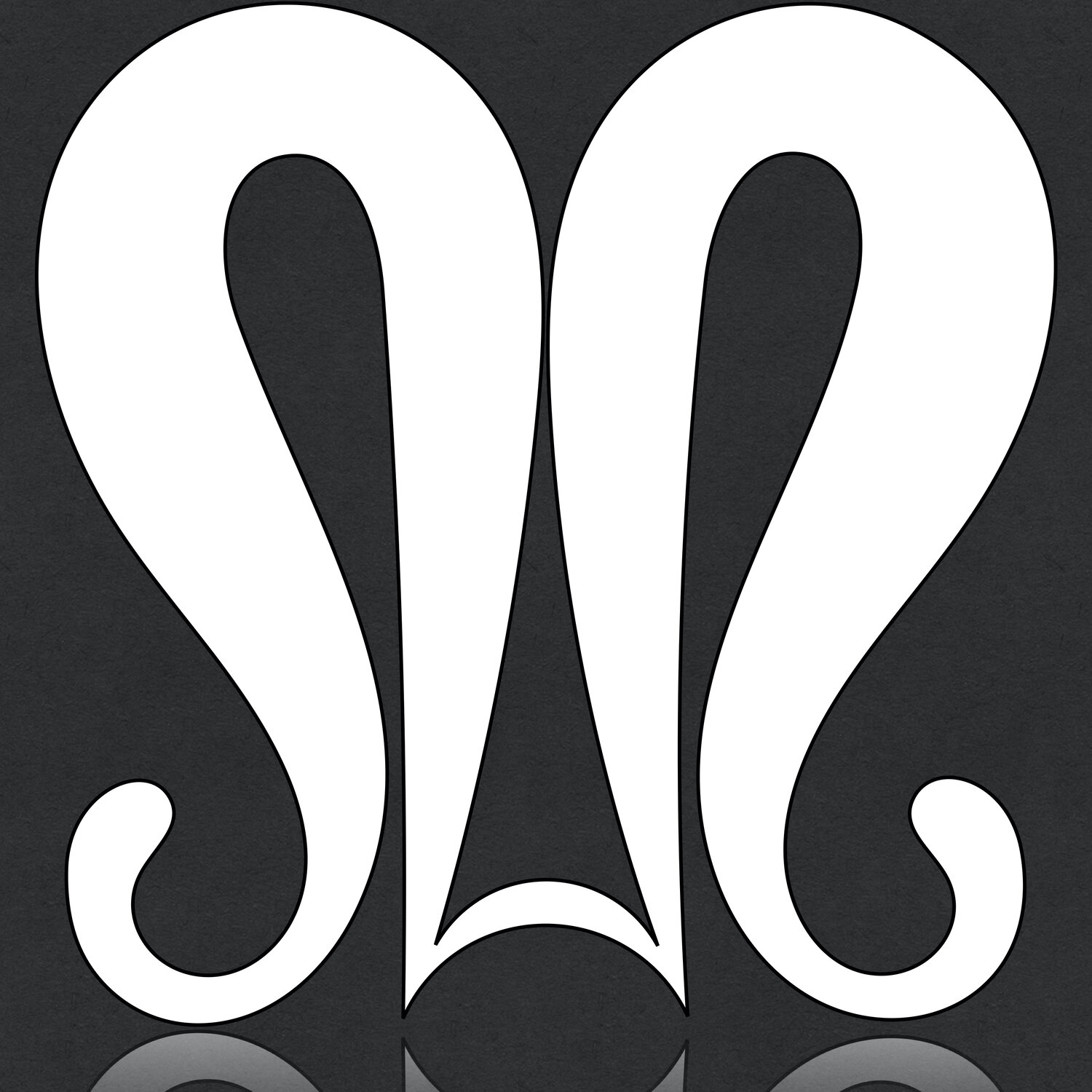Suit ca. 1658
This week, I wanted to look at something a little later than I normally do. Typically, I keep my research to periods before 1650. But I’m realizing that there are a lot of people who are really interested in the pattern 17th century. One of the reasons I personally haven’t studied it as much as because there aren’t any extant pattern manuals for the period. After Anduxar’s manual of 1640, there isn’t another one in the historical record until 1720 when Albayzeta’s manual is written. While it contains some shapes which are pertinent to the earlier part of the 18th century, there is very little to go on for clothing from the middle part of the 17th century.
I did some searching and found this sweet little black suit ca. 1658. It has breeches with a wide leg opening, but not quite to the level of “petticoat breeches” that are so often ridiculed. As a personal exploration, I thought it would be good to work with a shape that was transitional between the Venetian-style hose of the early part of the century and the wide, ostentatious petticoat breeches. This week I will offer up the pattern for the breeches. Next week, the doublet.
As I stared at the image and analyzed the proportions, I decided that the breeches aren’t particularly full. There is a downward trend in fullness from the 1580s to the 1640s and by the time Anduxar was writing his manual, they were using about 2.5x fullness in the waist. This appears slightly less full so I interpreted it to be 2x fullness.
The bottom opening of the leg is tricky though. This extant pair has a downward curve in front and back so that the leg comes up at the seams. In addition to the cut, this shaping of the leg opening is one of the elements which gives them the appearance of angling outward. The fly is long and the waist is quite high, so I’ve interpreted the crotch-depth to be a little longer than was typically seen in the 1610s. In the past, I’ve drawn the crotch-depth at 1/3 of the waist measurement so this time, to get some extra depth, I’ve drawn it at 3/8 of the waist measurement. When I make the mockup someday soon, if I need to go deeper, I might go to 5/12, we’ll see. The overall length of the breeches is about 3/8 of the total height of the individual, reaching just to the knee.
I’m also trying something out which has bee a theory for a while — that I should be using the WAIST tape to draft the entire set of breeches except for the overall length which would use a scale corresponding with half the total height of the individual. I look forward to seeing how well this works.
The deeper I look in to the 19th century scale/proportioning systems for drafting, the more similarities I see for the layouts in the early modern manuals. I need to do some experiments to test out the theory, but of course, I’m unsure when I’ll be able to make the time to do so. It is an exciting prospect to think that there could be another layer to these proportion systems, though it seems clear that they were still in development at the time the original manuals were published. By the 19th century, they had really worked out all the bugs from the system.
I am unable to see if there are pockets in these breeches, but I am pretty sure there are. Most breeches had them. And in this era, it could well be several pockets. There are extant breeches from the 1630s which have 6 pockets. Double-lobed pockets in each side seam and then one pocket on both front waistbands for a total of 6!
Here is my draft of the breeches in the image above. I haven’t tested them yet, but these proportions are my first-trial assumption based on what I see in the photo.

